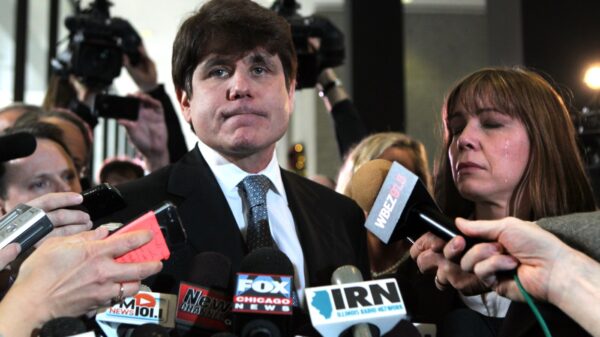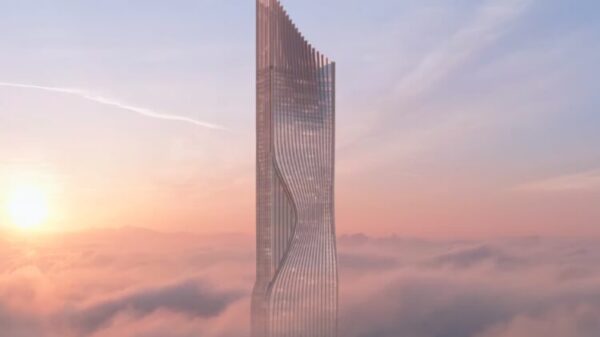President Donald Trump has ordered the demolition of the entire East Wing of the White House, a move that has drawn significant criticism and concern regarding the future of the historic building. Originally constructed in the 1790s by enslaved workers, the East Wing is part of what is referred to as “The People’s House.” This decision raises questions about the authority and implications of such substantial changes to a national landmark.
The demolition is intended to make way for a new ballroom, which is set to be approximately 90,000 square feet in size. This space is more than one and a half times the size of a standard football field and is expected to accommodate up to 1,000 guests. Critics have noted that the scale of this project could overshadow the existing White House structure, which itself has a footprint of 55,000 square feet. The National Trust for Historic Preservation expressed deep concerns regarding the impact of this construction on the classical design of the White House.
In a statement, Trump insisted that the new ballroom would not interfere with the current structure, claiming, “It will be near it but not touching it, and pays total respect to the existing building.” However, the reality of the ongoing demolition contradicts his assurances. In previous remarks, Trump reportedly referred to the White House as a “real dump,” indicating a lack of reverence for the historical significance of the building.
The project, which has seen its estimated cost balloon from $200 million to over $300 million, is expected to require substantial resources from taxpayer-funded agencies, including the Secret Service. This comes at a time when many federal workers are furloughed or facing job losses due to a government shutdown. Critics have deemed this grand endeavor as Trump’s “Big, Beautiful Build,” highlighting the irony of such expenditures amid national economic challenges.
Among the corporations reportedly funding this project are major tech companies such as Apple, Google, and Microsoft, alongside military contractors like Lockheed Martin and Booz Allen. This corporate involvement raises questions about the motivations behind such financial support, suggesting a transactional relationship between Trump and these businesses.
As the East Wing demolition progresses, the White House has responded to rising criticism by characterizing it as the work of “unhinged leftists and their Fake News allies.” This rhetoric reflects the increasingly polarized political climate surrounding Trump’s administration. The backlash against the demolition was notably amplified by protests across the United States, with over 7 million people participating in events dubbed “No Kings Day.” These demonstrations, occurring in both red and blue states, served as a collective rejection of what many perceive as Trump’s authoritarian tendencies.
In addition to the ballroom, Trump has proposed a grand arch inspired by France’s Arc de Triomphe on the National Mall for the nation’s 250th anniversary next year. When questioned about the arch’s purpose, Trump stated, “Me,” further emphasizing the personal nature of many of his projects.
The ongoing changes to the White House represent a broader trend within Trump’s presidency, characterized by significant alterations to longstanding traditions and institutions. As the demolition of the East Wing continues, the implications of such actions for American democracy and historical preservation remain a focal point of heated debate.





































































